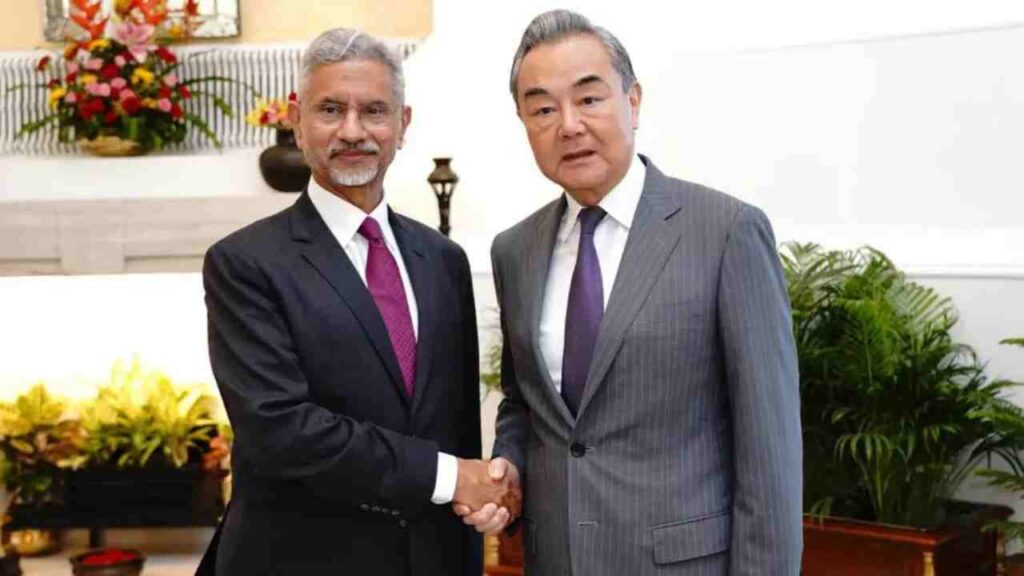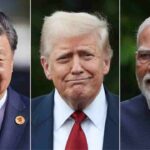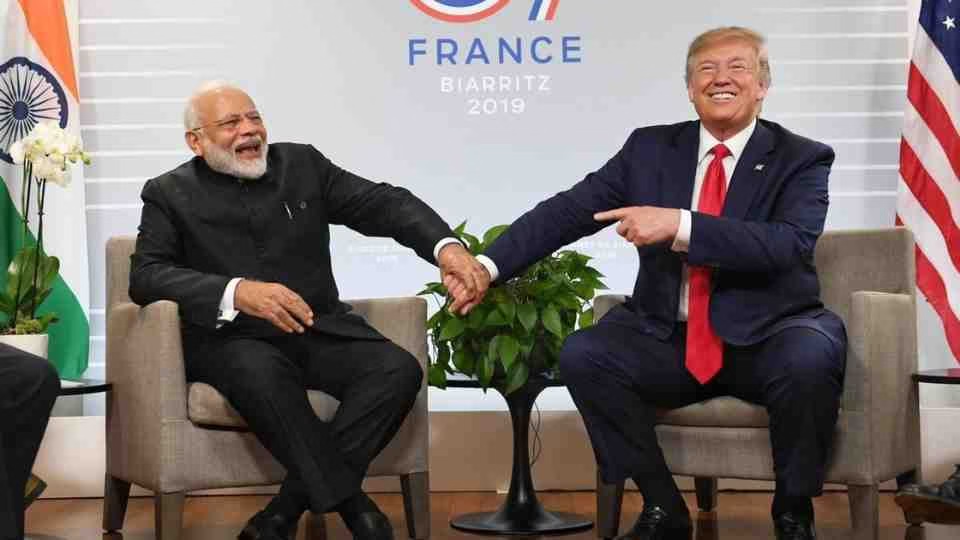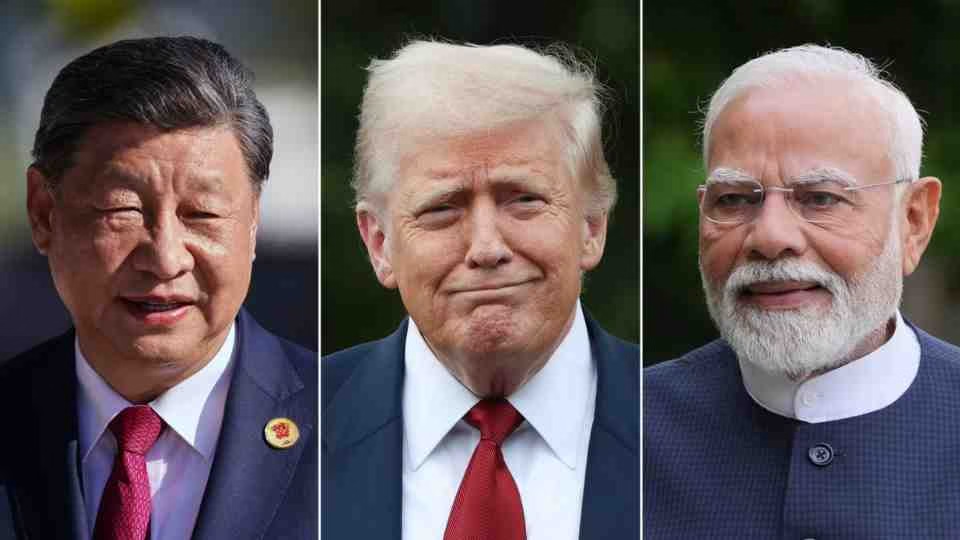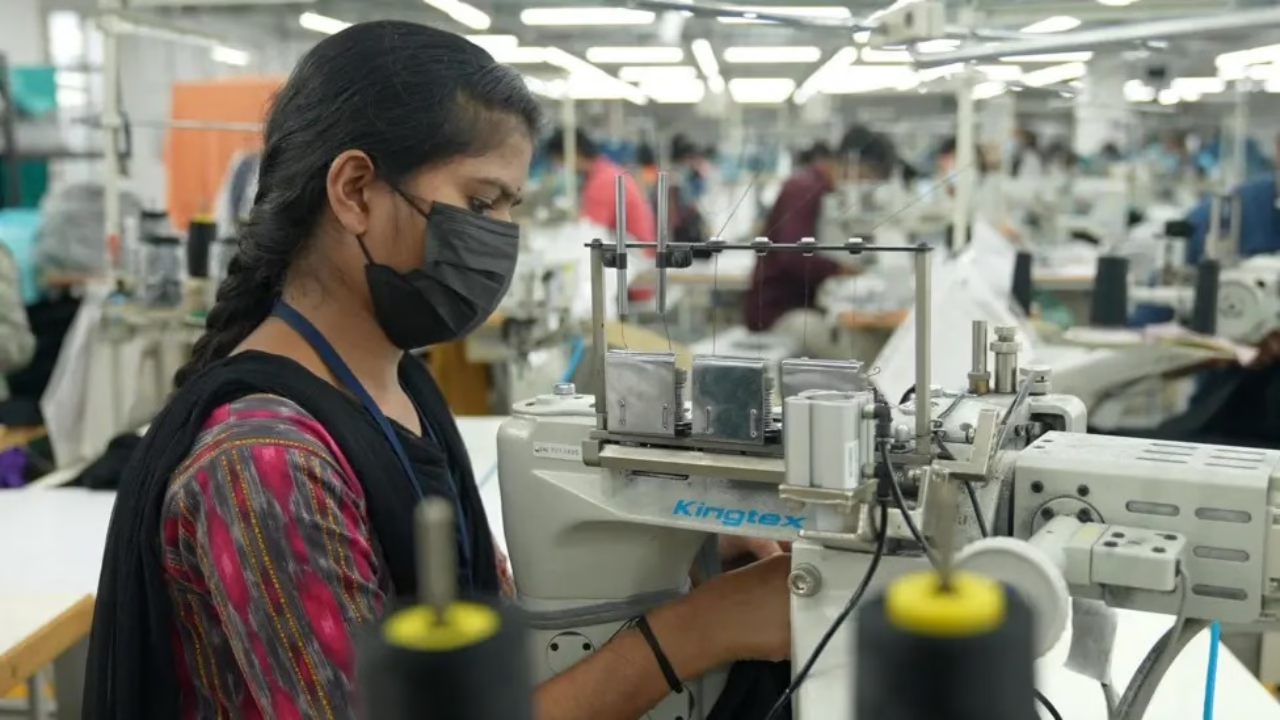Chinese Foreign Minister Wang Yi called for India and China to view each other as “partners” rather than “adversaries or threats” during a landmark diplomatic visit to Delhi, marking the most significant effort to repair relations between the world’s two most populous nations since their 2020 border crisis.
The two-day visit represents only the second high-level meeting between Chinese and Indian foreign ministers since deadly clashes in the Galwan valley triggered a complete breakdown in bilateral relations four years ago.
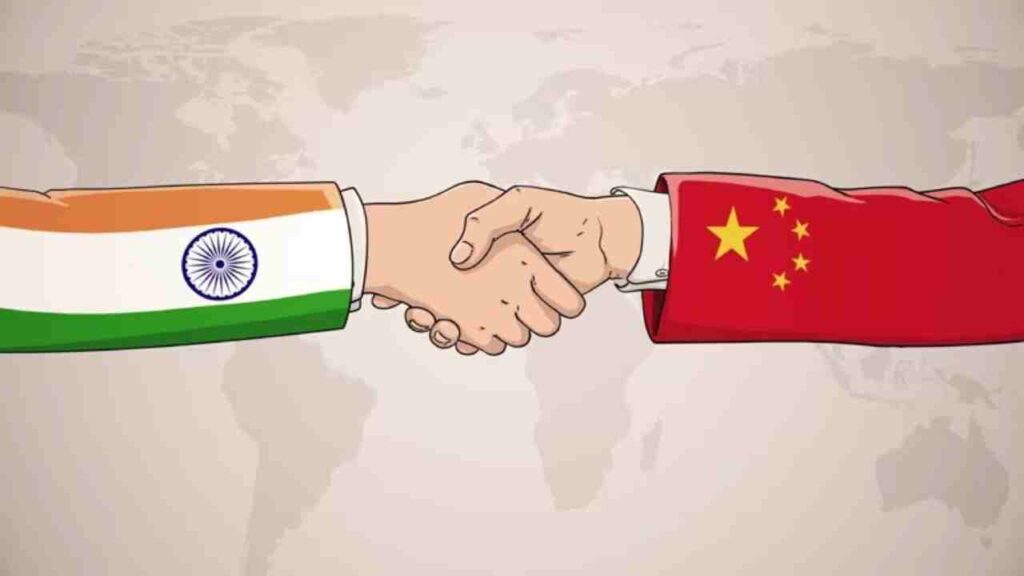
Diplomatic Breakthrough After Years of Hostility
Wang Yi’s meetings with Indian Foreign Minister S. Jaishankar signal what both sides describe as a “positive trend” toward renewed cooperation. The Chinese minister emphasized that relations were moving in a constructive direction ahead of his scheduled meeting with Prime Minister Narendra Modi.
“India and China were seeking to move ahead from a difficult period in our ties,” Jaishankar acknowledged, indicating both nations’ commitment to overcoming their troubled recent history.
The diplomatic agenda encompasses a broad range of bilateral issues, from trade relationships and religious pilgrimages to crucial river data sharing agreements that affect millions of people downstream from Himalayan watersheds.
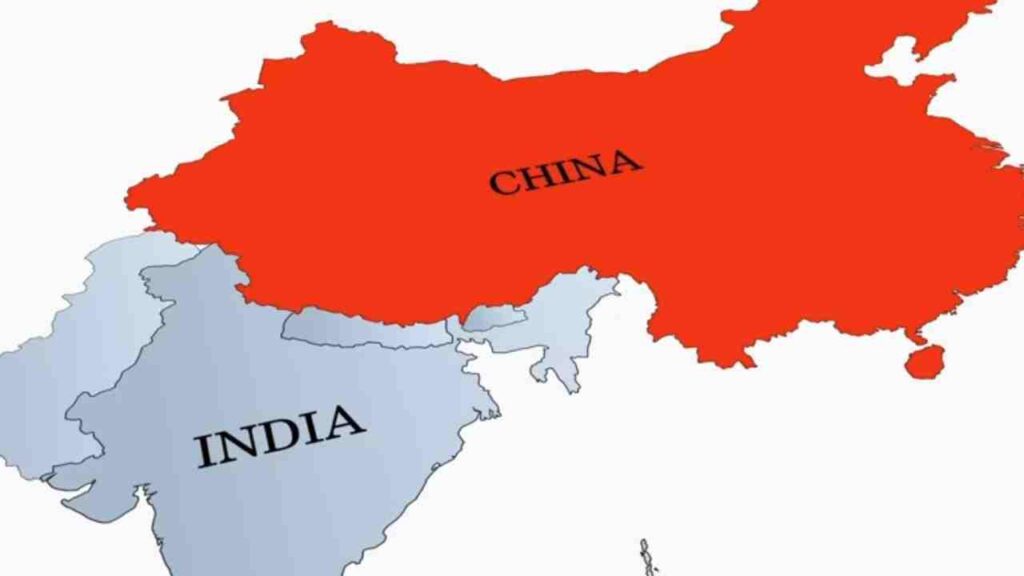
Border Tensions Begin to Ease
A critical component of the visit involves ongoing boundary negotiations, with Wang Yi scheduled to meet India’s National Security Advisor Ajit Doval. These discussions build on progress made since October, when both countries agreed to new patrolling arrangements designed to de-escalate tensions along their disputed Himalayan frontier.
The 2020 Galwan valley incident, which resulted in the first combat deaths along the China-India border in decades, had effectively frozen all meaningful diplomatic engagement between the nuclear-armed neighbors.
Tangible Signs of Normalization
Beyond diplomatic rhetoric, both countries have implemented concrete measures to rebuild their relationship:
Tourism and Travel: India has resumed visa services for Chinese tourists, while China has permitted Indian pilgrims to visit sacred sites in Tibet’s autonomous region for the first time in years.
Economic Engagement: Discussions are underway to reopen border trade through designated mountain passes, potentially restoring commercial links that were severed during the crisis.
Transportation Links: Reports suggest direct flights between the two countries will resume this year, facilitating business and cultural exchanges.
Modi’s China Visit on the Horizon
Wang Yi’s visit is expected to prepare the ground for Modi’s first trip to China in seven years, scheduled for later this month to attend the Shanghai Cooperation Organisation summit. While neither government has officially confirmed bilateral meetings, reports suggest Modi may hold direct talks with Chinese President Xi Jinping—a development that would mark a significant diplomatic milestone.
US Relations Complicate the Picture
The China-India rapprochement unfolds against the backdrop of increasingly strained US-India relations. President Donald Trump recently imposed an additional 25% penalty on Indian imports, citing New Delhi’s continued oil and weapons purchases from Russia. This brings total US tariffs on Indian goods to 50%—the highest rate applied to any Asian nation.
White House Trade Advisor Peter Navarro escalated the rhetoric in a recent Financial Times opinion piece, accusing India of “cozying up to both Russia and China” and acting as a “global clearinghouse for Russian oil.”
“If India wants to be treated as a strategic partner of the U.S., it needs to start acting like one,” Navarro wrote, highlighting Washington’s frustration with India’s independent foreign policy approach.
Vision for Multipolar World Order
In response to these pressures, Jaishankar articulated India’s vision for global governance during his meeting with Wang Yi. He emphasized the need for “a fair, balanced and multi-polar world order, including a multipolar Asia,” suggesting both countries share concerns about unilateral dominance in international affairs.
“Reformed multilateralism is also the call of the day,” Jaishankar added. “In the current environment, there is clearly the imperative of maintaining and enhancing stability in the global economy.”
Strategic Implications
The diplomatic reset between China and India reflects broader geopolitical shifts as both nations navigate complex relationships with major powers. For China, improved ties with India could help counter Western pressure and demonstrate that Beijing retains significant diplomatic options despite tensions with the US and Europe.
For India, the warming relationship with China provides leverage in its dealings with Washington while maintaining its strategic autonomy—a core principle of Indian foreign policy since independence.
The success of this diplomatic engagement will depend on both countries’ ability to manage their fundamental differences while building practical cooperation in areas of mutual interest. Whether this current thaw can overcome decades of strategic rivalry and border disputes remains to be seen, but both sides appear committed to exploring the possibilities for partnership over confrontation.

